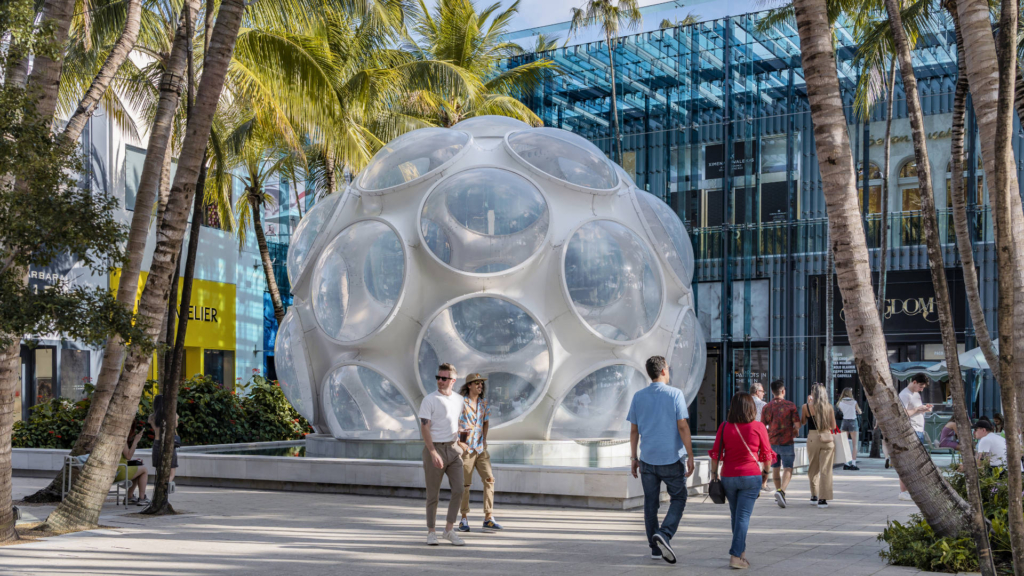Miami, renowned for its vibrant cultural life and rich history, hosts a unique architecture that narrates the evolution of its urban identity. From iconic Art Deco buildings to modern architectural wonders, Miami’s landscape offers a fascinating study on how architecture can define the character of a city.
The Art Deco district of Miami Beach is undoubtedly one of the city’s most emblematic aspects. This protected and preserved enclave is a time capsule that transports visitors to the Miami of the 1920s and 1930s. The buildings, with their pastel facades, geometric details, and neon lights, are not just tourist attractions; they are testimonies of a period of prosperity and an aesthetic that sought to combine functionality with style. Art Deco in Miami is not just an architectural style; it’s a fashion statement, a movement that influenced design and culture beyond the city’s borders.
Moving forward in time, Miami has embraced modern and contemporary architecture with an enthusiasm that reflects its innovative and forward-thinking spirit. The glass and steel skyscrapers that dominate the city’s skyline are examples of how modernity has been integrated into the urban fabric. These structures, many of which are the work of world-renowned architects, not only aim to reach the skies but also incorporate principles of sustainability and energy efficiency, demonstrating a commitment to the planet’s future.

Beyond the confines of Art Deco and modernity, Miami offers an amalgam of architectural styles including Mediterranean Revival, MiMo (Miami Modern), and Brutalism, each bringing its own flavor and contributing to the city’s aesthetic diversity. The Mediterranean Revival, with its red tile roofs, arches, and columns, evokes the architecture of the Mediterranean coast and reflects the desire to incorporate Florida’s landscape and climate into residential design. Meanwhile, MiMo, born as a tropical response to the Modern Movement, is characterized by its extravagant features, bold colors, and nautical elements, capturing the optimistic spirit of the postwar era.
Miami’s architecture is more than the sum of its parts. It’s a continuous dialogue between the past and the present, an exploration of how space, form, and design interact with the city’s natural and cultural environment. Walking through the streets of Miami, one can appreciate not only the beauty and innovation of its buildings but also understand the history and aspirations of a city that is always looking towards the future.
In summary, Miami’s architecture is a vibrant testament to its evolution and diversity. From the nostalgic Art Deco to the bold expressions of modernism, each building and each neighborhood tells a story, offering a profound insight into Miami’s unique identity. This rich architectural heritage not only attracts tourists and scholars from around the world but also serves as a continuous source of inspiration for the city’s inhabitants, reminding them that they live in a truly exceptional place.


